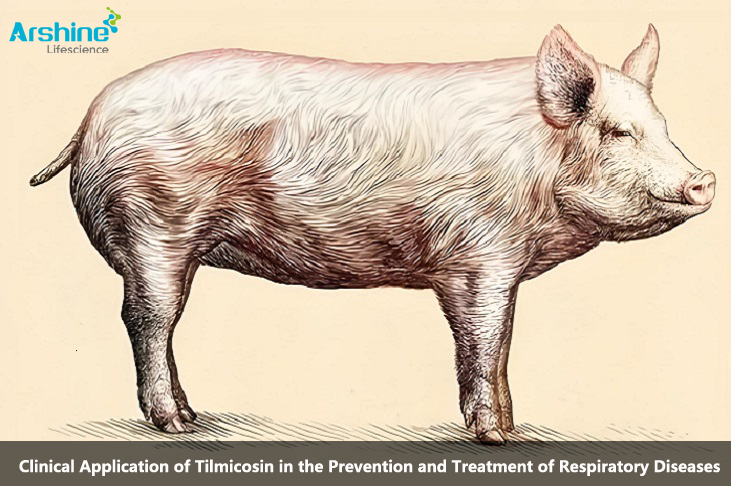

A severe snowstorm and nationwide temperature drop have greatly impacted pig farmers. The contradiction between ventilation and insulation during winter has led to the widespread occurrence of respiratory cough and asthma issues, epidemic diarrhea, foot-and-mouth disease, and other swine diseases.
The sudden snowfall has further worsened the situation for pig farmers. Among these diseases, respiratory diseases are the most persistent, stubborn, and detrimental to the swine industry.
When discussing respiratory diseases, tilmicosin and florfenicol often come to mind due to their widespread use in pig farms. However, are you using tilmicosin effectively and correctly?
The pathogens causing respiratory diseases in pigs are primarily categorized into bacteria, viruses, and mycoplasma. Bacterial pathogens include Actinobacillus pleuropneumoniae and Pasteurella; viral pathogens include PRRSV (porcine reproductive and respiratory syndrome virus), circovirus, and swine influenza virus.
For mycoplasma and Actinobacillus pleuropneumoniae, conventional antibiotics have developed resistance. Thus, newer antibiotics are commonly used for prevention and treatment.
Research has shown that tilmicosin exhibits partial antiviral effects and is highly effective in managing respiratory disease complexes associated with PRRSV. For example, clinical use of tilmicosin in combination with doxycycline and florfenicol has shown significant results in addressing stubborn respiratory diseases of unknown causes.
Tilmicosin is more effective than tylosin against Actinobacillus pleuropneumoniae, hemolytic Pasteurella, Pasteurella multocida, and mycoplasma infections in livestock and poultry.
Tilmicosin products on the market are categorized based on production technology into coated and uncoated forms. Most tilmicosin is uncoated, which is cheaper but has drawbacks such as a bitter taste, acid instability, and reduced efficacy due to stomach degradation. Some manufacturers add flavoring agents to mask the bitterness, but effectiveness is often compromised.
Coated tilmicosin, produced with double-layer coating technology, addresses these issues. It releases the drug in the intestine, ensuring optimal absorption, enhanced efficacy, and cost-effectiveness. (Tip: Uncoated tilmicosin is powdery, while coated tilmicosin appears as uniform granules or spherical particles.)
Respiratory diseases remain a significant challenge with increasing prevalence. Pig farms should enhance management and disease prevention strategies to mitigate the impact of these diseases effectively.
Add: Block 14, No.100, Luyun Road, Changsha 410205, Hunan, China.
Email: info@arshinevet.com
WeChat: +8618874001228
WhatsApp: +8615697311407
Tel:86-731-82294958